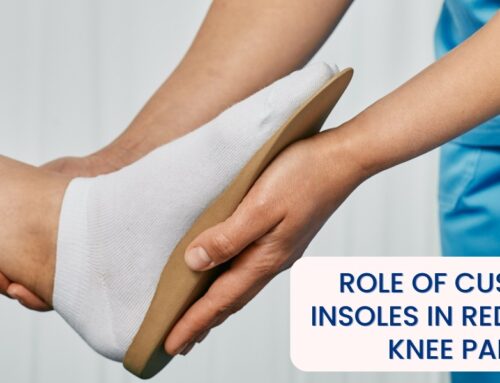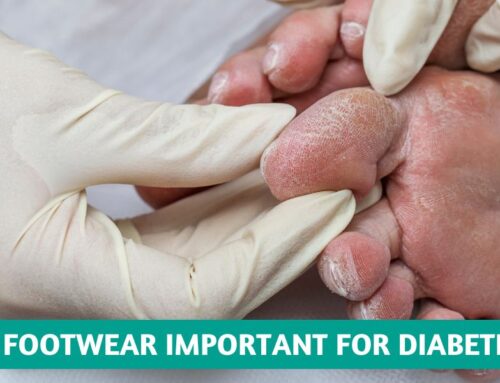Introduction
Foot pain is a common issue that affects millions of people worldwide. Whether it’s due to standing for prolonged periods, intense physical activities, or underlying medical conditions, foot discomfort can significantly impact one’s quality of life. Insoles, often termed orthotics, have gained widespread attention as an effective solution to alleviate various types of foot pain. Understanding the science behind how insoles provide foot pain relief is crucial in comprehending their functionality and effectiveness.
Understanding Foot Pain
Before delving into the efficacy of insoles, it’s essential to grasp the complexities of foot anatomy and the causes of discomfort. The human foot comprises numerous bones, muscles, tendons, ligaments, and arches, all working in tandem to support body weight and facilitate movement. Conditions such as plantar fasciitis, flat feet, high arches, and overpronation are common culprits contributing to foot pain.
How Insoles Work to Relieve Foot Pain
Insoles, designed to be worn inside shoes, serve multiple purposes in providing relief from foot discomfort. These orthotic devices aim to realign the foot, provide cushioning, and stabilize the arches to mitigate stress on specific areas of the foot.
Alignment and Support
One of the primary functions of insoles is to correct foot alignment. They help distribute body weight evenly across the foot, reducing strain on particular pressure points. Insoles with arch support aid in maintaining the foot’s natural arches, offering stability and preventing excessive pronation or supination.
Cushioning and Shock Absorption
Insoles are often crafted using materials such as gel, foam, or silicone, which possess shock-absorbing properties. These materials absorb impact forces generated during walking or running, thereby reducing the stress exerted on the feet and joints. Enhanced cushioning also alleviates discomfort associated with conditions like heel pain or metatarsalgia.
Pressure Redistribution
Individuals suffering from specific foot conditions, such as plantar fasciitis or flat feet, often experience localized pressure. Specially designed insoles can redistribute pressure, relieving stress from problematic areas and promoting better weight distribution.
Scientific Evidence Supporting Insoles for Foot Pain Relief
Numerous studies have substantiated the efficacy of insoles in alleviating foot discomfort. Research published in reputable medical journals has highlighted the positive impact of insoles on various conditions, including plantar fasciitis, arthritis, and diabetic neuropathy. These studies underscore the significance of using insoles as a non-invasive and cost-effective approach to managing foot pain.
Choosing the Right Insoles
Selecting suitable insoles tailored to individual needs is crucial for experiencing optimal relief. Factors such as foot shape, arch type, and specific condition should be considered when purchasing insoles. Consulting with a podiatrist or orthopedic specialist can provide valuable insights into the most appropriate type of insoles for particular foot-related issues.
Conclusion
Insoles play a pivotal role in providing foot pain relief by addressing various biomechanical issues and redistributing pressure across the foot. Their ability to realign the foot, offer cushioning, and mitigate stress on vulnerable areas makes them an invaluable tool in managing discomfort associated with numerous conditions. Understanding the science behind insoles elucidates their effectiveness and underscores their significance in promoting foot health and overall well-being.





